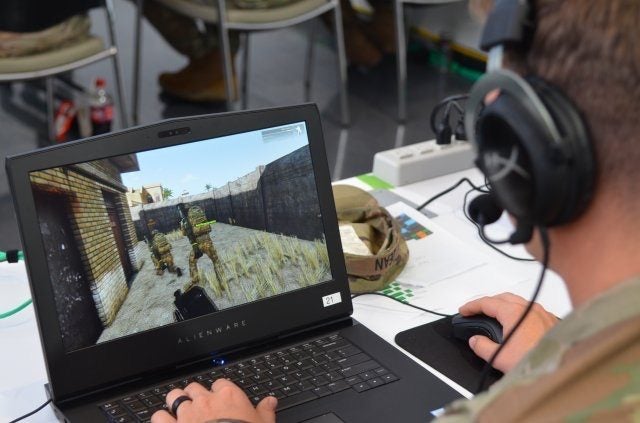
US Army soldiers have participated in a Ground Vehicle Systems Center (GVSC) virtual experiment in support of the next-generation combat vehicle (NGCV) development.
The virtual experiment was conducted for five days last month. It was supported by 30 soldiers from 4th Infantry Division’s (4ID) 2nd Infantry Brigade Combat Team.
The testing will inform the NGCV Cross-Functional Team’s (CFT) learning campaign for manned and unmanned teaming.
NGCV CFT director brigadier general Ross Coffman said: “This latest experiment will provide us with an understanding of which technologies are most critical for the robotic combat vehicle to be successful in an operational environment.”
During the experiment, the robotic combat vehicle (RCV) and new technologies were tested against a simulated near-peer enemy in a video game environment.
The RCVs and technologies were tested to help understand their use in offensive and defensive missions in open and urban terrain.
Feedback was gathered on enabling technologies such as smoke generation, tethered unmanned aerial systems, target designator, and signal boost during the event.
Coffman added: “One of the things we are looking at is if a lighter, less-protected RCV can achieve similar battlefield effect as a heavier but more protected one, while both having the same lethality package.”
An infantryman who took part in the experiment noted that the RCVs demonstrated capability to ‘effectively designate targets and conduct target handoff with other RCVs, which executed the target using Hellfire missiles’.
In December, the 1st Cavalry Division will support the next experiment at the Detroit Arsenal.
All these events will support a live soldier experiment to be conducted in March and April.
Coffman concluded: “These soldier touchpoints are essential to how Army Futures Command is executing the army’s modernisation priority.
“Soldiers are at the centre of everything we do, and their insight is crucial to developing these new technologies.”



